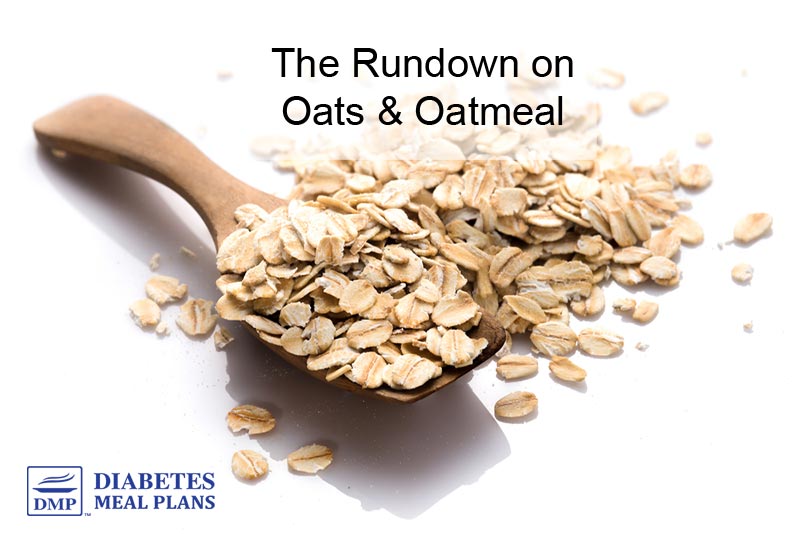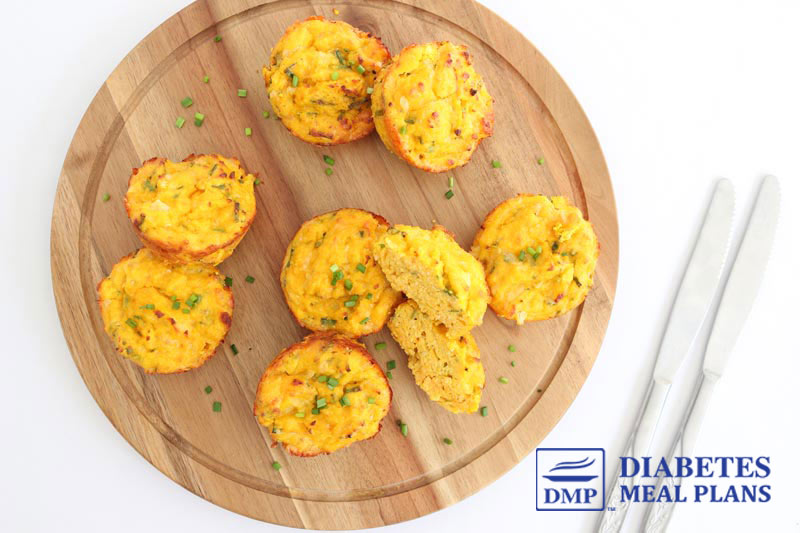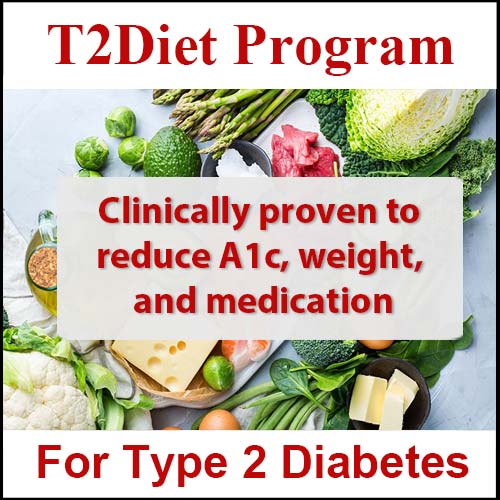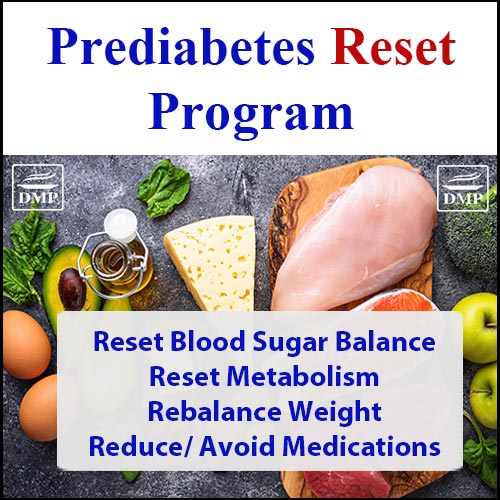âMy sugars go crazy when I eat oatmeal but I was told by a dietitian to eat it. Should I still eat it?â
Questions around oats and oatmeal are something we get a lot. And receiving âadviceâ but seeing quite the opposite in terms of the numbers is something we see even more.
To put it plain and simple: oats and oatmeal may be a healthy option for those without a blood glucose control issue. But when you need to obtain and maintain better blood sugar, these foods may not be for you.
Letâs look a little closerâ¦
Nutrition Facts
Rolled oats are oats in their whole form, while oatmeal is often used as the âquick cookâ option.
Rolled Oats Macronutrients
1/3 cup of rolled oats contains:
- Kilojoules/Calories: 477/114
- Carbohydrates: 16.6g
- Protein: 4.1g
- Fat: 2.6g
- Fibre: 3.8g
Oatmeal Macronutrients
1 cup of oatmeal contains:
- Kilojoules/Calories: 607/145
- Carbohydrates: 25.3g
- Protein: 6g
- Fat: 2.3g
- Fibre: 3.7g

A main selling point for oats is that they are a high fibre food, which is true to some extent, considering that you get almost 4g of fibre per 1/3 cup of rolled oats and 1 cup oatmeal.
Oats can be a good source of soluble fibre, which is the reason they are often âsoldâ to us as a healthy option. Soluble fibre has been shown to improve cholesterol in some studies.
However, you can get the same benefits of fibre (healthy digestion, feeding gut bacteria, reducing cholesterol, satiety, blood sugar regulation) by simply chowing down on more vegetables, nuts, and seeds throughout the day.
The thing to consider is that oats and oatmeal are considered a high carbohydrate food, especially since itâs normal to load oats or oatmeal with other carb-based foods.
1 cup oatmeal plus 1/2 cup low fat cows milk and a tablespoon honey = 48.3g carbs for just one meal â thatâs a lot!
Even the rolled oats at 1/3 cup, served with low fat cows milk and a tablespoon honey = 39.6g carbs â again, thatâs a lot for just one meal.
Micronutrients and Oatmeal
Oats contain moderate amounts of minerals such as phosphorus, manganese, selenium, iron, copper, and zinc, as well as vitamin B-1.
While these are important micronutrients, you donât have to get them from oats, oatmeal or any other high carb grains. You can get adequate vitamins and minerals from other low carb foods.
Glycemic IndexÂ
Glycemic index (GI) is just another indication of how different foods influence blood glucose on a 0 to 100 scale. The lower the number, the lower the GI. Foods under 55 are generally considered low GI, while those over 55 are considered high GI foods.
The GI of oats and oatmeal range from 42 to 83, with instant oatmeal (from a packet) being the highest.Â
Glycemic index however, does not necessarily tell a complete story. The total amount of carbs is one of the most important factors for better blood sugar control.
Recommendation on Oats and Oatmeal for Type 2 Diabetes
The truth is that oats and oatmeal could be okay for you â some people with type 2 diabetes and prediabetes can eat it. But, it is a higher carb food and for that reason, many people canât tolerate it.
In general we encourage a low carb diet, and therefore recommend eliminating or dramatically reducing all grain-based foods such as oats and oatmeal, because doing so yields better results.
If youâre struggling to get and keep your blood sugar under control, you might consider eliminating the oats and oatmeal and opting for a lower carb breakfast. Eggs, nut-based cereals, and vegetables provide nutritional value without all the blood sugar headaches.
Try these 5 ingredient Cheesy Pumpkin Muffins as a new breakfast option.



